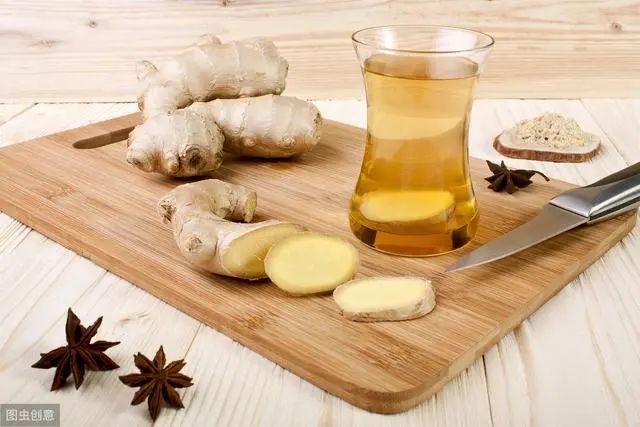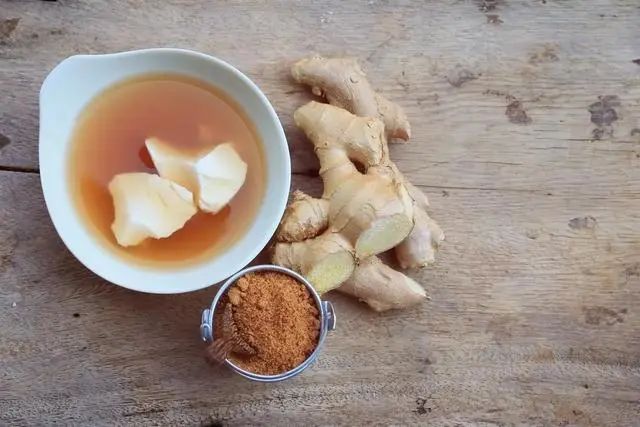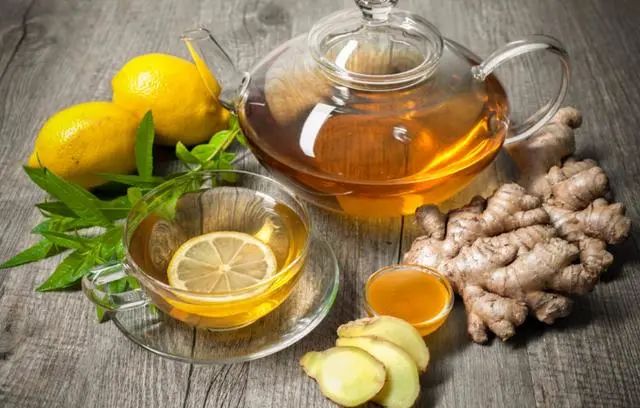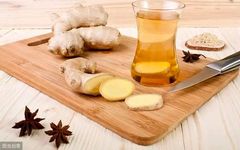Fresh ginger (Sheng Jiang) and dried ginger (Gan Jiang) both belong to the Zingiberaceae family and are the rhizomes of the ginger plant. The difference lies in that fresh ginger is the unprocessed rhizome, while dried ginger is the processed product made by slicing and drying the rhizome.
When used as a traditional Chinese medicine, fresh ginger is sliced and used raw; dried ginger is a processed form of fresh ginger, made by slicing and then sun-drying or low-temperature drying.
Fresh ginger and dried ginger are two different traditional Chinese medicines, each with distinct effects.

Expert Answers
1. Dried Ginger (Gan Jiang)
Dried ginger is also known as Bai Jiang (White Ginger), Jun Jiang (Uniform Ginger), Pao Jiang (Soaked Ginger), and Dan Gan Jiang (Light Dried Ginger). Its properties are pungent and hot, and it enters the Spleen, Stomach, Kidney, Heart, and Lung meridians. Its functions include warming the meridians and dispersing cold, returning yang and unblocking the vessels, and drying dampness and resolving phlegm.
In the Ming Dynasty, Li Shizhen stated: “Dried ginger is made from mother ginger… the best is white and firm, which was previously called Bai Jiang, also known as Jun Jiang.” Dried ginger can guide blood-invigorating herbs into the blood aspect and qi-invigorating herbs into the qi aspect, and it can also eliminate the bad and nourish the new, embodying the principle of yang generating yin, thus it can be used by those with blood deficiency.
Dried ginger is spicier and hotter than fresh ginger, capable of dispersing qi and invigorating blood, and is generally used in medicinal preparations; it should be avoided by those with yin deficiency and internal heat.
2. Fresh Ginger (Sheng Jiang)

Fresh ginger has a pungent and warm nature, entering the Lung, Spleen, and Stomach meridians. Its functions include releasing the exterior and dispersing cold, warming the middle and stopping vomiting, and warming the lungs and stopping cough. It can also resolve poisoning from herbs like Ban Xia (Pinellia) and Nan Xing (Arisaema), as well as food poisoning from fish and crabs.
Unlike dried ginger, fresh ginger can be consumed directly and has many health benefits. “Eating more ginger regularly promotes longevity and health,” for example, sucking on ginger warms the chest, and ginger juice mixed with milk can protect the stomach.
In addition to consumption, there are many external applications of ginger. In winter, elderly individuals with weak bodies often experience cold hands and feet, and they should soak their feet before bed. Adding ginger juice to the foot-soaking water can better alleviate the symptoms of cold extremities.
Ginger moxibustion is a traditional TCM therapy where slices of fresh ginger are placed on acupuncture points, and then an appropriate-sized moxa stick is placed on top and ignited. For example, performing ginger moxibustion on the navel can effectively relieve motion sickness and stomach discomfort.
3. Other Uses of Ginger

Purple Ginger in Cooking
Purple ginger has tender shoots and is named for its purple tips. It has high moisture content, rich ginger juice, and low fiber, making it excellent for stir-frying or making sauces and pickles, with great taste and flavor.
Ginger Peel for Diuretic Use
There is a saying that “keeping the ginger peel is cooling, removing the ginger peel is heating.” If someone exhibits symptoms of internal “heat” such as constipation, bad breath, or oral ulcers, it is best to eat only the ginger peel and not the ginger flesh. This way, the diuretic effects of the ginger peel can be fully utilized while avoiding the heating properties of fresh ginger.
Additionally, boiling ginger peel with winter melon peel and watermelon peel to drink can also have excellent diuretic and swelling-reducing effects.
(Article and images sourced from the internet; if there is any infringement, please contact for removal)

